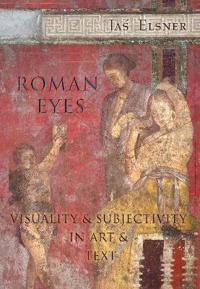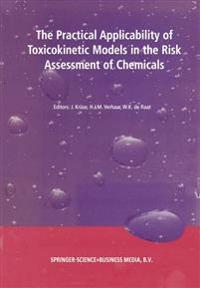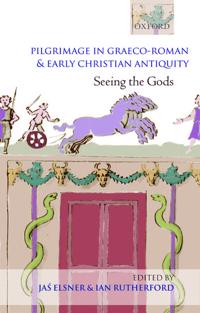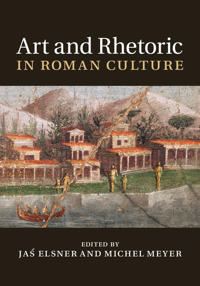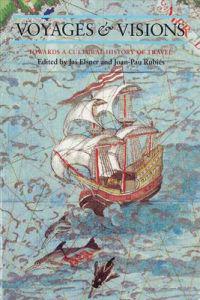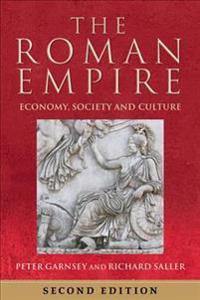Roman Eyes (Inbunden)
avJas Elsner
ISBN: 9780691096773 - UTGIVEN: 200703In "Roman Eyes", Jas Elsner seeks to understand the multiple ways that art in ancient Rome formulated the very conditions for its own viewing, and as a result was complicit in the construction of subjectivity in the Roman Empire. Elsner draws upon a wide variety of visual material, from sculpture an[...]
The Practical Applicability of Toxicokinetic Models in the Risk Assessment of Chemicals (Häftad)
avJas Elsner
ISBN: 9789048161478 - UTGIVEN: 201012In 2000 OpdenKamp Registration & Notification organized a two-day symposium in The Hague, The Netherlands, on 'The Practical Applicability of Toxicokinetic Models in the Risk Assessment of Chemicals'. Several speakers from Europe and the United States were invited to present the different aspects. A[...]
Pilgrimage in Graeco-Roman & Early Christian Antiquity (Pocket)
avJas (EDT) Elsner, Ian (EDT) Rutherford, Jas (EDT) Elsner
ISBN: 9780199237913 - UTGIVEN: 2008-02This book presents a range of case-studies of pilgrimage in Graeco-Roman antiquity, drawing on a wide variety of evidence. It rejects the usual reluctance to accept the category of pilgrimage in pagan polytheism and affirms the significance of sacred mobility not only as an important factor in unde[...]
Art and Rhetoric in Roman Culture (Inbunden)
avJas (EDT) Elsner, Michel (EDT) Meyer, Jas (EDT) Elsner
ISBN: 9781107000711 - UTGIVEN: 2014-11Rhetoric was fundamental to education and to cultural aspiration in the Greek and Roman worlds. It was one of the key aspects of antiquity that slipped under the line between the ancient world and Christianity erected by the early Church in late antiquity. Ancient rhetorical theory is obsessed with [...]
Voyages and Visions (Pocket)
avJas (EDT) Elsner, Joan-Pau (EDT) Rubies, Jas (EDT) Elsner
ISBN: 9781861890207 - UTGIVEN: 1999-02This title is presented with essays by Kasia Boddy, Michael Bravo, Peter Burke, Melissa Calaresu, Jesus Maria Carillo Castillo, Peter Hansen, Edward James, Nigel Leask, Joan-Pau Rubies and Wes Williams. A much-needed contribution to the expanding interest in the history of travel and travel writing,[...]
The Roman Empire: Economy, Society and Culture (Häftad)
avPeter Garnsey, Richard Saller, Jas' Elsner
ISBN: 9780520285989 - UTGIVEN: 2014-11During the Principate (roughly 27 BCE to 235 CE), when the empire reached its maximum extent, Roman society and culture were radically transformed. But how was the vast territory of the empire controlled? Did the demands of central government stimulate economic growth or endanger survival? What forc[...]

